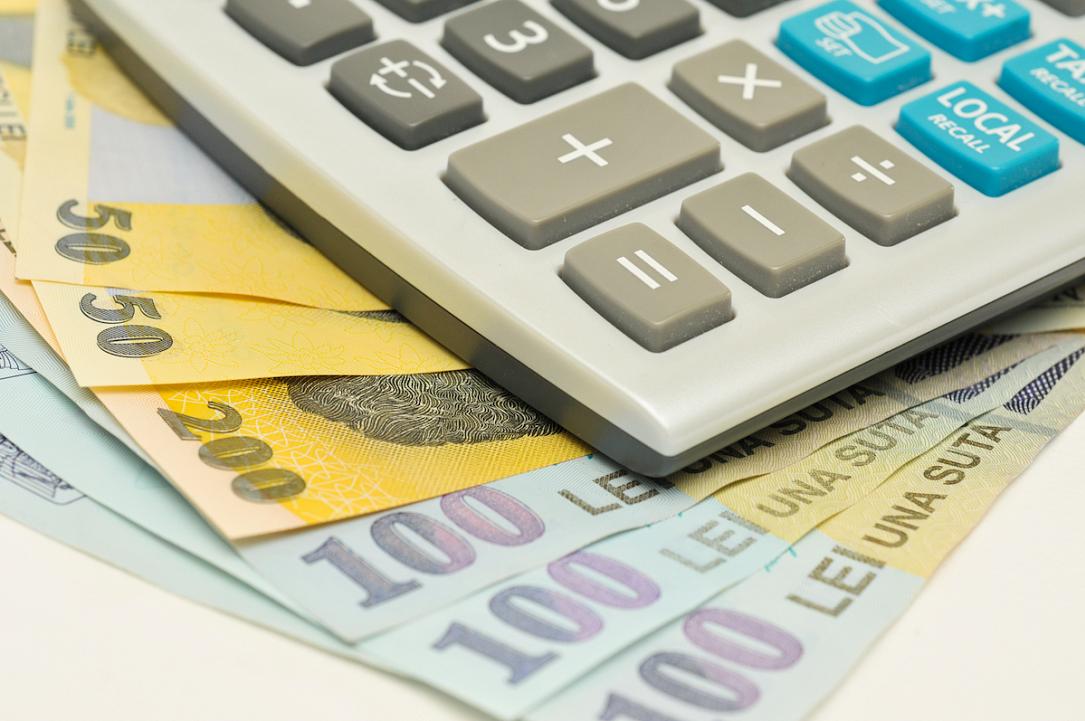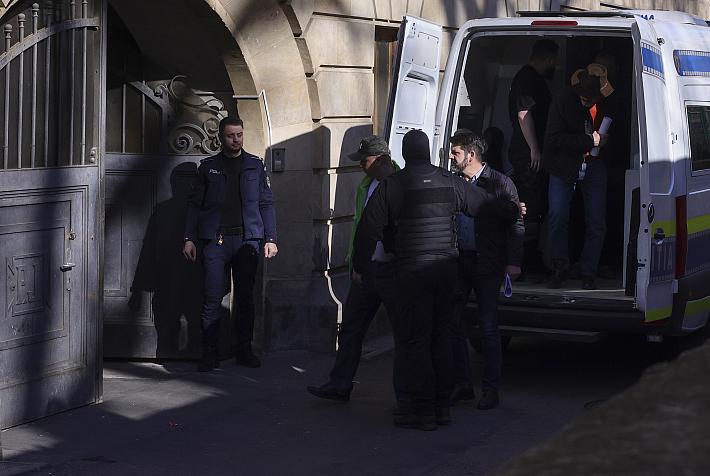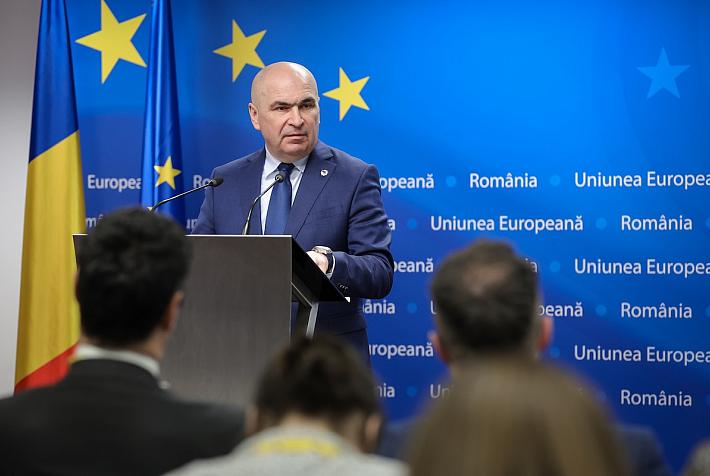Romania’s general government deficit hits 4.6% of GDP in Jan-Aug

The deficit of Romania’s general government budget nearly doubled nominally (in local and foreign currency) to RON 80.9 bln (EUR 16.3 bln) in January-August, compared to the same period of 2023, according to data published by the Finance Ministry.
The deficit-to-GDP ratio rose by 2 percentage points (pp) from 2.6% to 4.6%.
The revenues-to-GDP ratio rose by 0.6 pp, while the expenditures-to-GDP ratio surged by 2.6 pp, of which some 0.8 pp can be explained by the larger investments. However, all the expenditure categories have increased nominally and as a share of this year’s projected GDP at a combined rate that was not matched by the rise in revenues.
The government recently revised the full-year deficit target to 6.9% of GDP, from the 5% initially planned. However, the Fiscal Council expects the gap to actually reach 8% of GDP.
The public pension reform enforced as of September will account for a large part of the deterioration expected for the last four months of the year. The wide budget gap in 2024 will set high challenges to the fiscal consolidation expected over the coming years (seven years, under the government’s vision). The tax rates will certainly increase from the very low levels, which should not be a problem if the execution of the expenditures is rationalized and public spending becomes more transparent.
In January-August, the budget revenues increased by 13.7% y/y to RON 375.8 bln, and the revenues-to-GDP ratio improved by 0.6 pp to 21.6% from 20.6% in the same period last year. The tax revenues rose by the same rate (+13.7% y/y) to RON 191.3 bln.
Major direct taxes (income, corporate) rose by 20.8% y/y, but the indirect taxes lagged behind with only a 10.4% y/y advance. The transfers from the EU budget contracted by 20% y/y to only RON 22.5 bln (EUR 5.5 bln) or 1.3% of GDP, down from 1.7% of GDP in the same period of 2023. No funds were transferred under the 2021-2027 multiannual financial framework.
Public expenditures rose faster than revenues in January-August, by 22.5% y/y to RON 456.6 bln.
The expenditures-to-GDP ratio increased by 2.6 pp to 25.6%.
The expenditures related to EU-funded projects (investments or not) rose by 38% y/y to RON 75.4 bln, and the rest of expenditures by 20% y/y to RON 381.2 bln. Personnel expenditures (+23.8% y/y) and goods and services purchasing (+26.3% y/y) posted robust increase rates. The interest on public debt increased by only 15.6% y/y and accounted for 1.3% of GDP – not much more compared to 1.2% in the same period last year.
The government estimates that total investments (capital expenditures plus investments funded from the EU budget) rose by 40.6% y/y to RON 65.0 bln – or 3.7% of GDP, compared to only 2.9% of GDP in the same period of 2023.
iulian@romania-insider.com
(Photo source: Alexandru Marinescu/Dreamstime.com)













